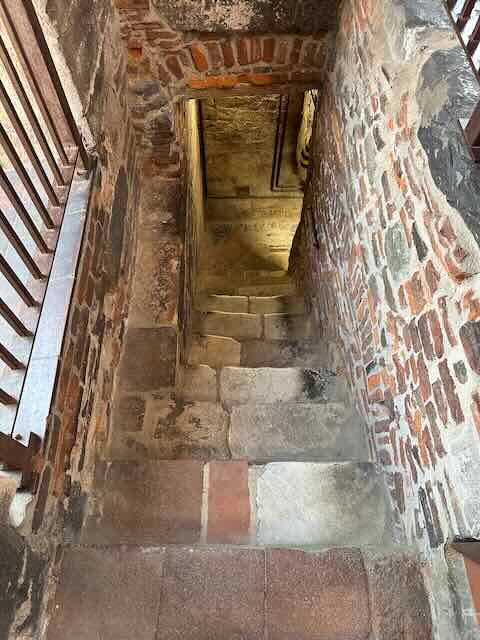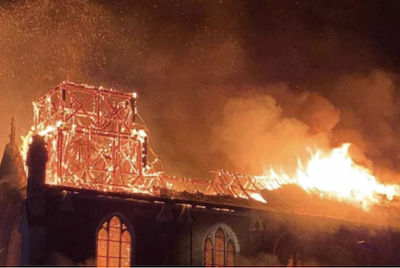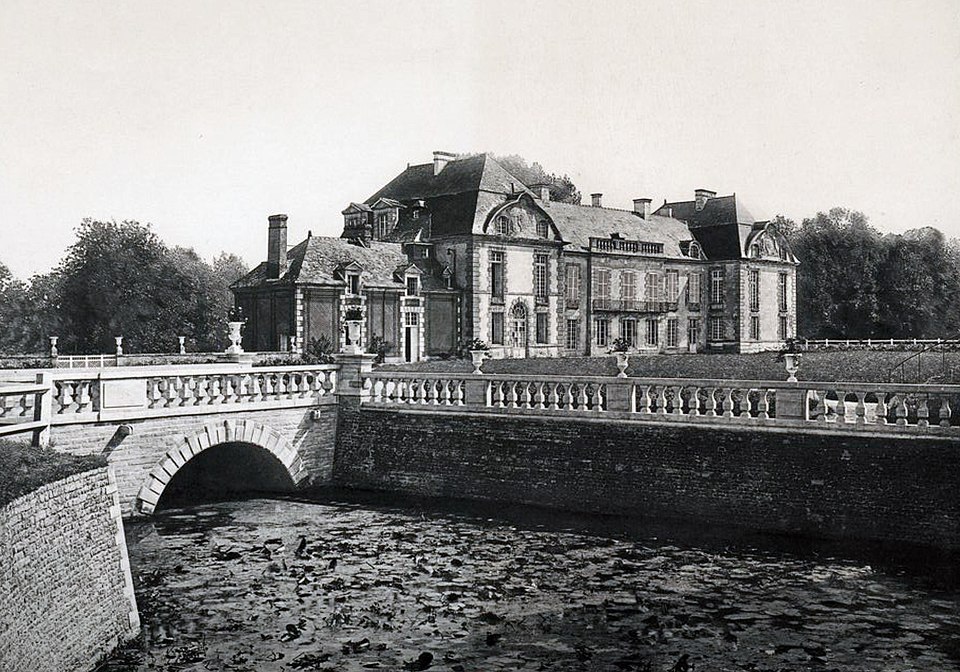The Sino-French Heritage Alliance after Notre-Dame Fire
In the aftermath of the devastating Notre-Dame Cathedral fire in April 2019, China was the first country outside France to sign a bilateral agreement supporting its restoration. This partnership, formalized in 2024, has evolved into a robust collaboration between Chinese and French conservation experts.
Notably, professionals from the Emperor Qinshihuang’s Mausoleum Site Museum joined their French counterparts in Paris, offering expertise in stone cleaning, mural preservation, and metal conservation. The alliance also facilitated groundbreaking research on fire-damaged wooden artifacts—making it the first international study to analyze charred wood fragments from Notre-Dame in tandem with Chinese heritage techniques. This East-West exchange is now driving new standards in protecting wooden cultural relics worldwide.

Why Fires Are Devastating to Wooden Heritage
In the context of the Sino-French Conference on Conservation of Wooden Cultural Relics and Earthen Sites, held in Paris from May 13 to 14, 2025 Professor Ji Jie, deputy director of the State Key Laboratory of Fire Science at the University of Science and Technology of China (USTC), emphasized that the Notre-Dame fire marked a global turning point in heritage risk awareness.
His team has been investigating how traditional wooden structures—such as temples, ancient houses, and ancestral halls—react to fire. Their research focuses on variables like moisture content, wood density, joinery systems, and structural ventilation. Through controlled fire simulations, the team has revealed how these buildings burn in real-world conditions, providing vital insights for preventive measures and emergency planning.
A Full-Scale Fire Test in a Historic Context
In August 2023, Professor Ji’s team conducted a large-scale fire test on a traditional wooden house in Xidi, a UNESCO World Heritage Site in Anhui Province. The structure was rebuilt using authentic materials and traditional Chinese techniques—mortise-and-tenon joints, wooden nails, and no modern adhesives—to recreate the kind of environment found in centuries-old wooden buildings.
The goal was to study fire ignition, spread, smoke behavior, and response time under realistic conditions. The experiment produced critical data on how fires behave in heritage buildings—especially during the early, hard-to-detect phases. It also highlighted structural vulnerabilities common to many preserved wooden sites.
From Research to Policy and Innovation
The findings from this and related studies helped shape the Fire Drill Guide for National Cultural Heritage, issued in 2024 by China’s National Cultural Heritage Administration (please note that we did not find the document on the internet). According the sources analysed, the guide should provide practical tools for cultural site managers, including:
- Scenario-based fire drill planning
- Emergency evacuation and response protocols
- Site-specific fire safety checklists
In addition, Professor Ji’s team introduced a range of innovations:
- Dynamic fire risk assessment models that adapt to seasonal changes, tourism peaks, and restoration periods
- Advanced electrical fault detection systems designed to reduce false alarms while increasing early warning reliability
- Drone-based aerial inspections using wildfire-recognition algorithms, linked to integrated ground-air monitoring platforms
- Prescribed burning strategies to proactively reduce wildfire threats in vulnerable heritage landscapes
Implications for Fire Professionals in Cultural Heritage
This body of research has strong implications for fire safety professionals working with historic buildings:
- Material-specific fire science: Traditional timbers, mortise joints, and other heritage elements behave differently under fire conditions than modern materials—requiring tailored strategies.
- Full-scale testing as a tool: Controlled fire experiments in real heritage environments can inform more realistic and effective fire prevention planning.
- Technology integration: Sensors, drones, and AI are no longer futuristic tools—they are essential for monitoring and mitigating fire risks in heritage environments.
- Mandatory operational guides: Frameworks like China’s Fire Drill Guide should serve as models for creating comprehensive fire management systems in other countries.
Conclusion
The collaboration between Chinese and French researchers—sparked by the tragedy at Notre-Dame—has matured into a model of international cooperation. Professor Ji Jie’s work illustrates how science, tradition, and technology can converge to protect wooden cultural heritage.
As heritage sites face increasing threats from aging infrastructure, climate change, and human activity, fire safety professionals must adopt proactive, research-driven approaches. The combination of empirical fire testing, smart monitoring tools, and culturally sensitive planning is setting a new global benchmark in heritage protection.





